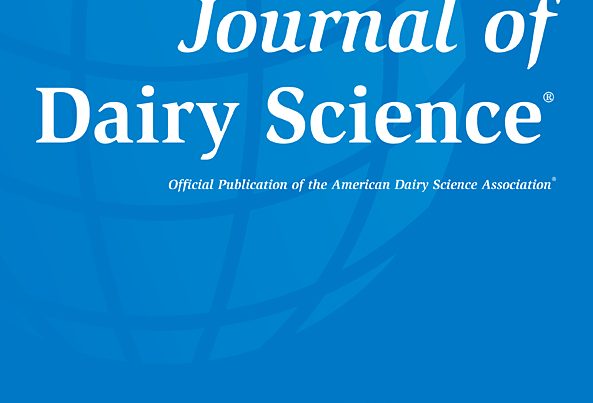Document type : Scientific review published in Journal of Animal Science and Biotechnology
Authors: Jingjun Wang, Jinghui Li, Fengxia Wang, Jianxin Xiao, Yajing Wang, Hongjian Yang, Shengli Li,Zhijun Cao
Preview: The current review is designed with aims to highlight the impact of heat stress (HS) on calves and heifers and to suggest methods for HS alleviation. HS occurs in animals when heat gain from environment and metabolism exceeds heat loss by radiation, convection, evaporation and conduction. Although calves and heifers are comparatively heat resistant due to less production of metabolic heat and more heat dissipation efficiency, they still suffer from HS to some degree. Dry matter intake and growth performance of calves and heifers are reduced during HS because of redistributing energy to heat regulation through a series of physiological and metabolic responses, such as elevated blood insulin and protein catabolism. Enhanced respiration rate and panting during HS accelerate the loss of CO2, resulting in altered blood acid-base chemistry and respiratory alkalosis. HS-induced alteration in rumen motility and microbiota affects the feed digestibility and rumen fermentation. Decreased luteinizing hormone, estradiol and gonadotropins due to HS disturb the normal estrus cyclicity, depress follicular development, hence the drop in conception rate. Prenatal HS not only suppresses the embryonic development by the impaired placenta, which results in hypoxia and malnutrition, but also retards the growth, immunity and future milk production of newborn calves. Based on the above challenges, we attempted to describe the possible impacts of HS on growth, health, digestibility and reproduction of calves and heifers. Likewise, we also proposed three primary strategies for ameliorating HS consequences. Genetic development and reproductive measures, such as gene selection and embryo transfers, are more likely long-term approaches to enhance heat tolerance. While physical modification of the environment, such as shades and sprinkle systems, is the most common and easily implemented measure to alleviate HS. Additionally, nutritional management is another key approach which could help calves and heifers maintain homeostasis and prevent nutrient deficiencies because of HS.






